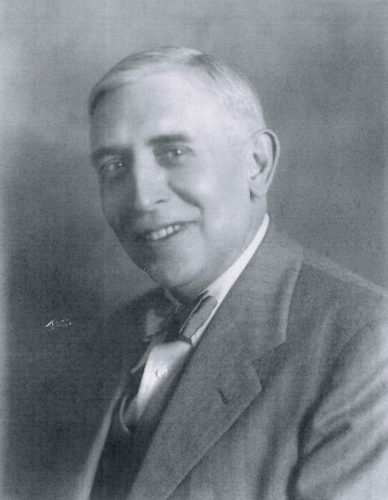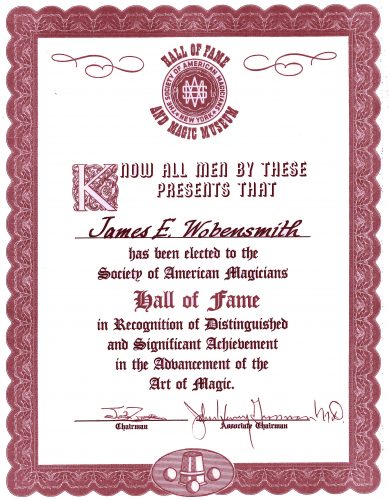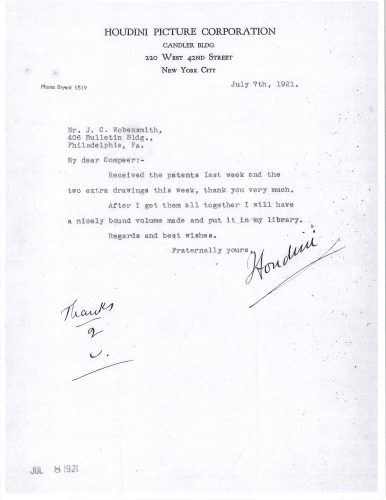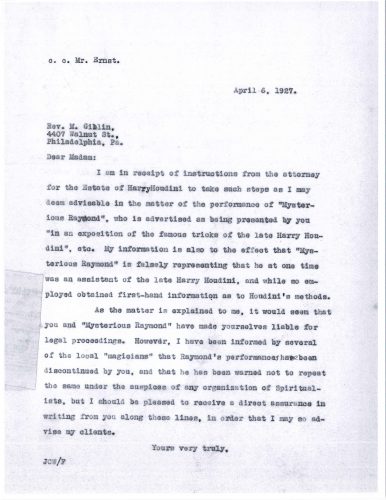Coincidence?

A blog post by JMM Executive Director Marvin Pinkert. You can read more posts by Marvin here
From the beginning the Inescapable: The Life and Legacy of Harry Houdini exhibit has been full of coincidences and surprises and the surprises didn’t end on opening day. Here is an amazing story from last week:
We held a member/donor preview of the exhibit on June 21. In addition to our members and project donors we (as is customary) invited a select group of public officials to the event. Among these was Maryland’s Secretary of State, John Wobensmith, who had been kind enough to participate in our opening for Yad Vashem’s Beyond Duty exhibit last February.




But the most amazing thing I saw last Thursday was not a document with Houdini’s signature or a patent drawing. It was one of several newspaper clippings about the Houdinis that Wobensmith had collected. In January 1933, Bess Houdini gave an extensive interview to the Philadelphia Evening Bulletin (at one time America’s largest circulation evening daily). Just two passages from the article will reveal just how interesting it was:
“I can’t give up the idea of someday hearing definitely from him [Harry}. I suppose it is my early Catholic upbringing that makes me think perhaps the delay [in receiving a posthumous message from Harry] is penance for some act done long ago.
I never make any decision without calling on Harry for help – I get an answer, maybe from my subconscious mind, which knows from long associations how he would act under certain conditions.
Harry was religious. He believed in the Jewish religion and in an afterlife where we would all be together. He did not believe in spirit messages though he had an open mind and was willing to believe, as I am if he could be given real proof”
And later in the article –
They played many amusing games together [Bess and Houdini], which they never told for he was afraid of being thought sentimental.
They had no children, so Houdini created a dream child, a son named after his own father Mayer Samuel. In their large New York home, he occupied the fourth floor, while his wife’s quarters were on the third. He sent her many letters by the maid about how the son was getting on. The letters only stopped when the son became President of the United States.
I closed the binder, thanked the Secretary of State, and as I exited I thought “how improbable was this encounter?” to learn something about the mind of Harry Houdini in a government office in Annapolis… it seemed about as likely as running into a Jewish magician at Artscape and deciding to create an exhibit!
